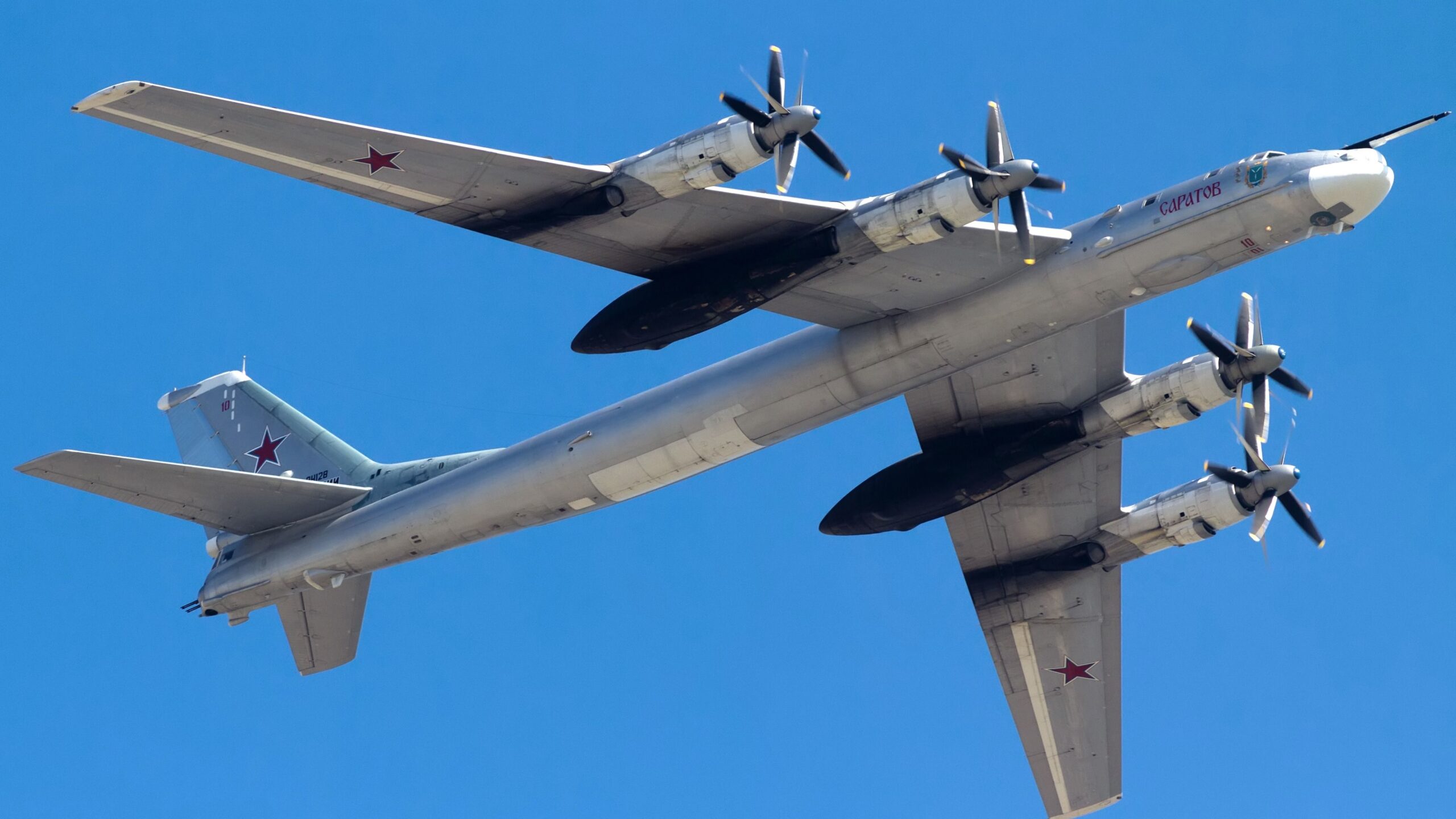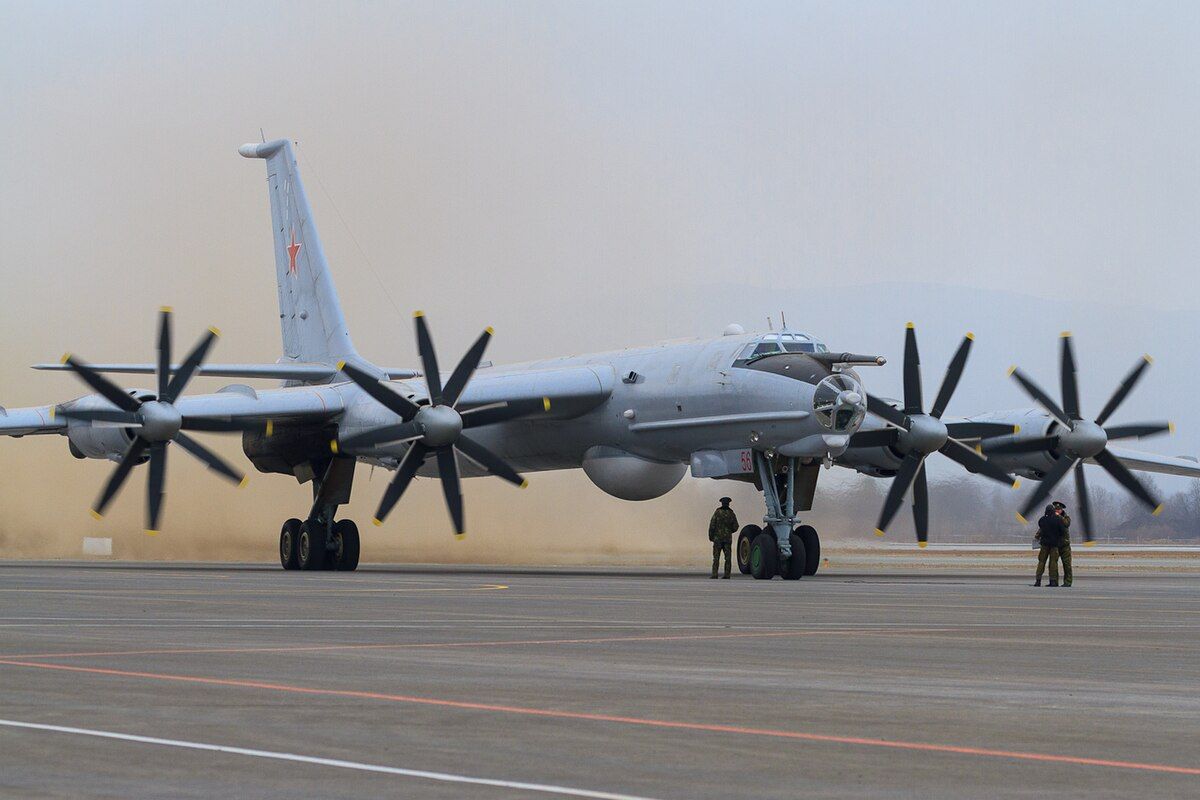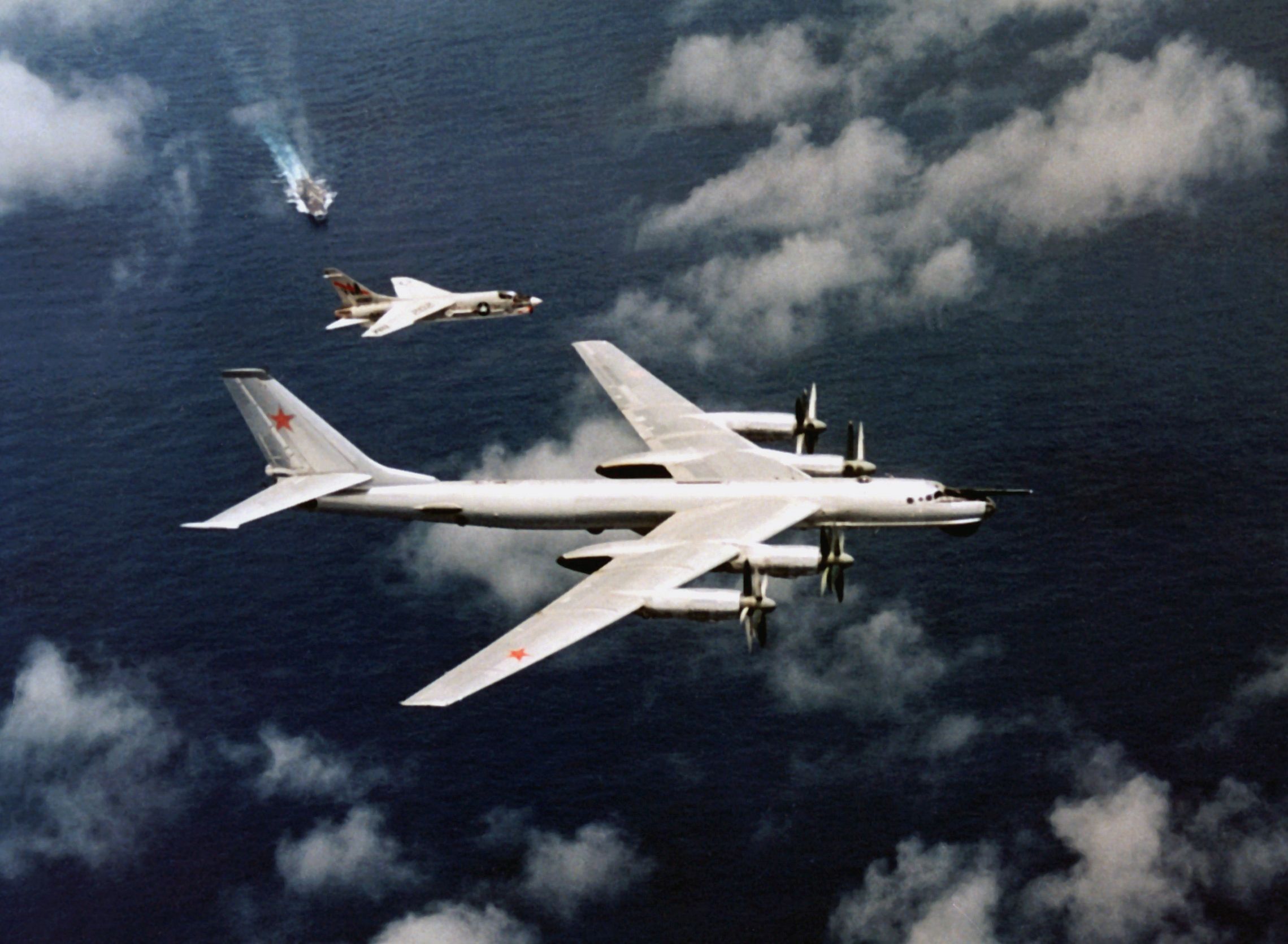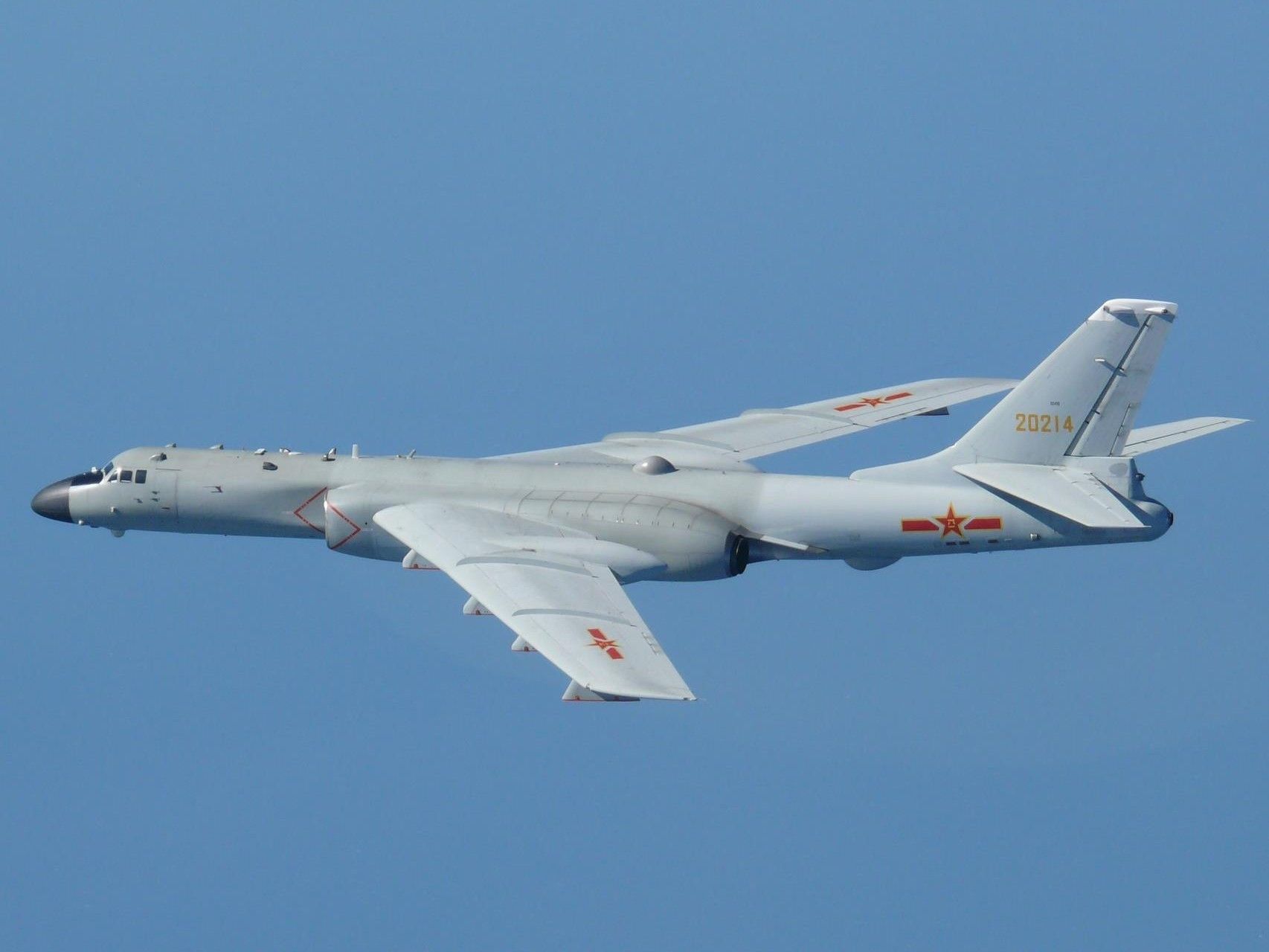Summary
- Chinese and Russian bombers near Alaska not viewed as threat.
- NORAD to monitor competitor activity near North America.
- Joint air patrol tested and improved coordination between Russia and China.
As a sign of the emergence of great power competition, two Chinese and two Russian long-range bombers were tracked by NORAD flying near Alaska (although still in international waters). In response, both US and Canadian fighter jets were scrambled to intercept. The bombers were detected in the North American U.S. Air Defense Identification Zone, which is outside of American and Canadian airspace but where aircraft must be identified for national security reasons. This follows Russia claiming to intercept two US B-52H Stratofortress bombers flying near its airspace.
NORAD detects Chinese & Russian bombers near Alaska
CNBC reported NORAD (North American Aerospace Defense Command) did not view the Chinese and Russian bombers as a threat. Meanwhile, China and Russia have confirmed that they were conducting a joint air patrol over the Bering Sea, which separates Alaska and Russia.
“NORAD will continue to monitor competitor activity near North America and meet presence with presence.” – NORAD
The Chinese Defense Ministry stated that the joint patrol tested and improved coordination between Russia and China. The Russians stated that the patrol lasted over five hours. The Russians also released a photo showing a Russian Su-30 fighter escorting a Chinese bomber.
The Russian bombers were two Tupolev Tu-95 (NATO “Bear”) strategic bombers, and the Chinese used two Xi’an H-6 strategic bombers. The H-6 is a license-built version of the old Soviet Tupolev Tu-16. It appears to remain in production in China (although heavily modified) and is China’s main bomber.
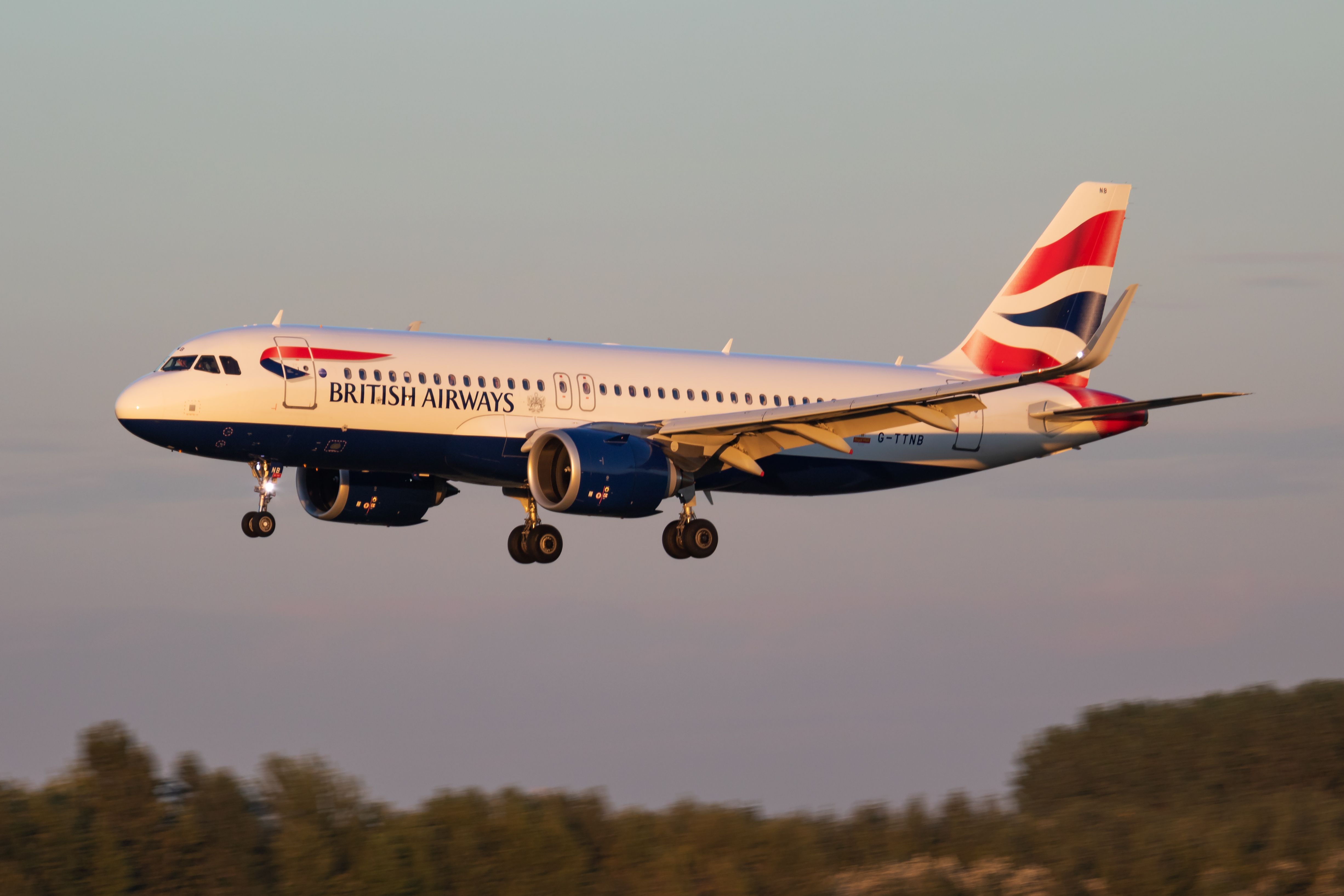
Related
British Airways Airbus A320 Intercepted By RAF Typhoons But It Wasn’t An Emergency
Two RAF Typhoons raced through the skies in what looked like an emergency situation involving a British Airways Airbus A320neo.
Flying on the edge
Around the same time, there was more activity in the Black Sea, where the Moscow Times reported Russia scrambled Su-27 fighter jets to intercept a British Rivet Joint AWACS aircraft patrolling international waters to monitor the goings-on in the war in Ukraine. Since a rouge Russian pilot opened fire (but missed) a British AWACS aircraft in 2022, the recon planes have been escorted by British Typhoon fighter jets.
Photo: United States Navy
Separately, Russia, a few weeks ago, actually violated NATO member Sweden’s airspace with Su-24 (NATO ‘Fencer’) fighters. ‘Intercept,’ in these cases, typically means little more than flying a warplane out to have a look at and monitor enemy aircraft deemed uncomfortably close to national airspace.
Last December, a fleet of Russian Tu-95s and Chinese H-6s were found by the Japanese Defense Ministry flying together over the sea between Japan and Korea. CNBC states that the Japanese military has grown increasingly concerned about these types of joint Sino-Russian patrols.
While Russia has long been active in the North Sea region, China is emerging as a new player. However, international incidents with China tend to occur more with ships – particularly in the South China Sea. In May, a Chinese J-10 dumbed flares in the path of an Australian MH60R Seahawk helicopter in the Yellow Sea. Australia condemned the move as ‘unprofessional and unacceptable.’

